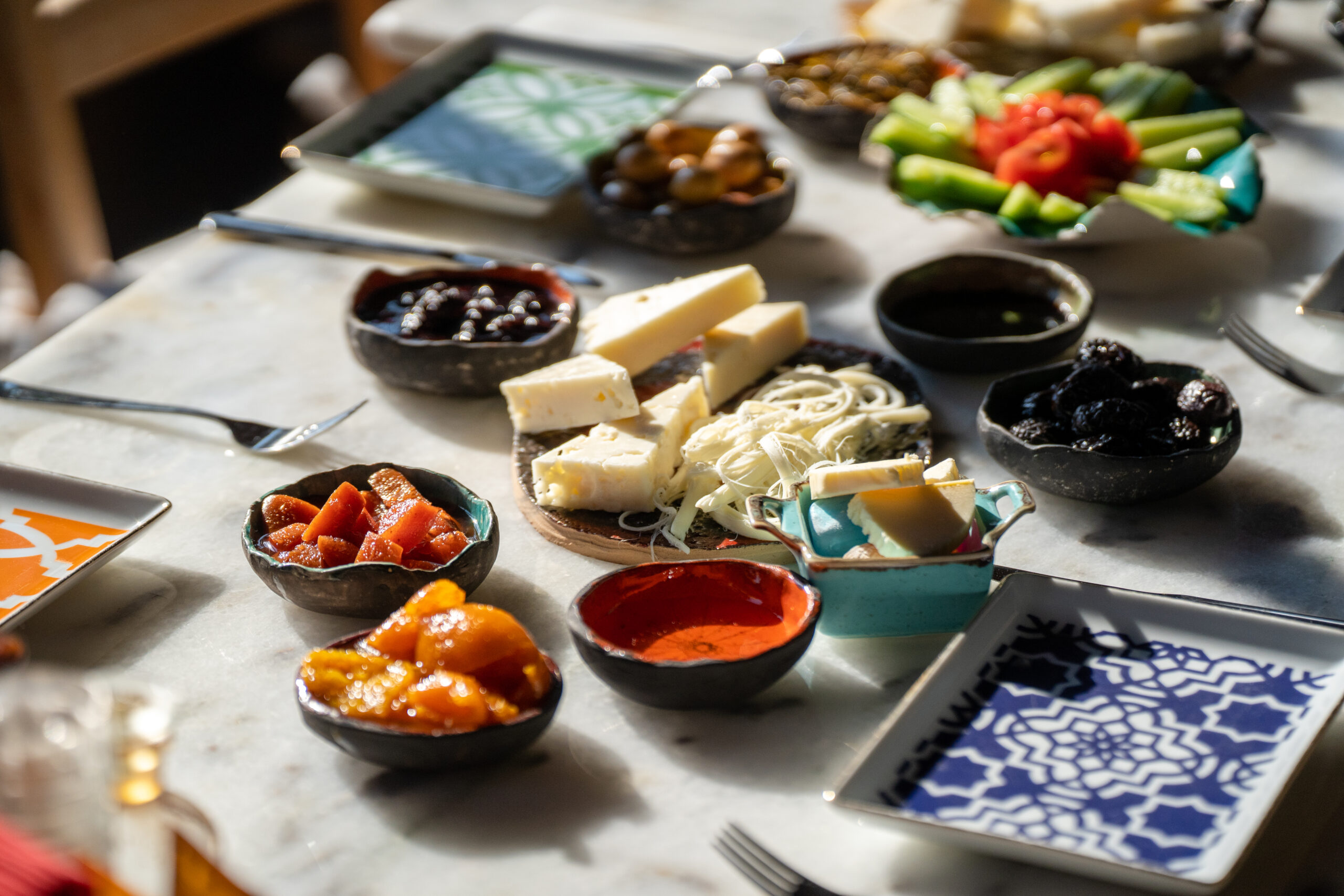Turkish cuisine is impressive for its rich variety, unique delicacies, and diverse cheeses produced in different regions. The rich biodiversity generated by the climate unique to other areas of Turkey is the basis of these flavours. Due to the varying climatic conditions, milk and cheese have individual tastes and aromas in each region. Türkiye’s impressive cheese selection is revealed when combined with the various production methods. “Ezine White Cheese”, “Konya Blue Cheese”, “Erzincan Tulum Cheese”, “Kars Aged Kaşar and Gruyere”, and “Van Herby Cheese” are only a few Turkish delicacies… Let’s discover Türkiye’s most famous cheese types, an essential ingredient in local cuisine.
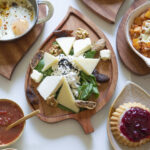
‘White Cheese’: From Edirne to Çanakkale
“Beyaz Peynir” (White Cheese) is an essential component of Turkish breakfasts and one of the most favoured delicacies in the country. The characteristic taste, aroma, and texture of this cheese, produced in almost every region of Türkiye, vary on the climate, milk source, and traditional production methods. Çanakkale and Edirne are considered the homeland for white cheese. Edirne white cheese is produced from the milk of sheep, goats, and cows that are fed with regional grasses in the deltas of the Tunca, Meriç, Arda, and Ergene rivers. Edirne white cheese’s main distinctive feature is additive-free; only milk, yeast, and salt are used. Ezine white cheese, named after the Ezine district of Çanakkale, is another traditional and crucial white cheese on Turkish breakfast tables. This cheese, which can be produced with a soft, medium, or firm texture, gets its exceptional taste and flavour from the milk of cows, sheep, or goats fed with natural plant and mineral resources in the Kaz Mountains.
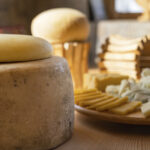
Balıkesir: Home of 50 Different Cheese Types
Mihaliç cheese is an old cheese produced in Türkiye for centuries. Unlike white cheese, its production is limited to just a few areas of the country, with Balıkesir and Bursa being the prime examples. Mihaliç cheese is typically made from goat or cow milk and stored in brine before it hardens and dries. Because of its sharp, salty taste, it is used in many dishes after grilling, including salads. Like other cheeses, it is used in appetisers and side dishes accompanying main courses.
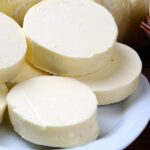
Regarding Balıkesir, we come across 50 different types of cheese. The city’s multicultural structure, products made from varying kinds of milk, and diverse production methods have turned it into a ‘real cheese paradise’. The «Kelle» cheese, made using various milks and techniques, is famous in all regions of this beautiful city on the Marmara-Aegean border. Sepet (basket) cheeses produced from sheep-goat milk, brined Tulum cheeses and lor (curd) cheeses made from whey are also recognised as Türkiye’s most delicious cheeses.
Mouldy Cheeses of the Cappadocia Region
Niğde’s mouldy blue cheese, which is geographically located in Cappadocia, is one of Türkiye’s most unique cheese types. Niğde blue is put into caves at a depth of 15 metres, where it will ripen for seven months. This cheese becomes flavoured and blue after seven months and is also a natural antibiotic. Another traditional cheese ripened in caves is Karaman’s Divle Obruk cheese. This cheese dates back nearly 700 years and is produced from the milk of sheep and goats fed on plateaus and grasslands rich in medicinal herbs. The cheese is kept in caves with a unique mould flora for five months and is first coated with blue mould, then white and finally red mould. Konya is another city in the region known for its mouldy cheese. With its centuries-old history and flavour, Konya mouldy cheese is made only with milk and yeast and moulded in special rooms. Once given to Ottoman soldiers as an antibiotic, this cheese is served after a 6-month production process.
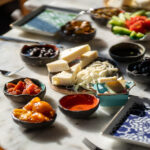
Exceptional Tastes of the East: A Real Cheese Paradise
The Eastern Anatolia Region is also famous for its original cheeses. Erzincan Tulum cheese, Kars aged kaşar cheese and Van’s Herby cheese are among the tastiest cheeses in this region. The secrets to the taste of these cheeses are the high plateaus, rich plant diversity and fresh and cool air. Tulum cheese has an exceptional flavour due to the use of raw milk and natural yeast and is ready for consumption after 2-3 months of pressing and keeping in hair goat or sheep skin.
Kars’ popularity stems mainly from its cheeses. The cows’ milk grazing on the fields, which have 1,600 flowering species, around 100 of which are endemic, is used for producing the city’s signature products: Kars Kaşar and gruyere. The city’s geographically indicated product, the Kars Kaşar cheese, might take up to ten months to mature before it is consumed. In addition to tasting this delicious cheese, you can learn about the methods used to make traditional handmade cheese at the Cheese Museum in the city centre and the Cheese Museum in Boğatepe Village.
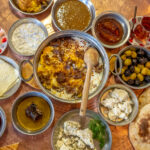
Van is another destination that enchants travellers with its rich cultural heritage and delicious cuisine. This city is also home to Van Breakfast, one of Türkiye’s most prosperous breakfast tables. And the Herby cheese is the star of this breakfast. Van Herby cheese is made by mixing sirmo, locally known as «wild garlic» in the region, with local endemic herbs such as heliz, mendo, siyabo, thyme, and wild mint. The cheese, buried in the ground in cans and earthenware jars, is taken out after three to seven months. The taste and aroma of the famous herby cheese, a lightly crumbled, hard cheese, is shaped by geography and the climate.
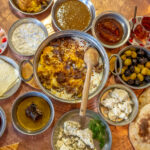 How Do You Eat Turkish Local Cheeses?
How Do You Eat Turkish Local Cheeses?
Çanakkale Ezine &
Edirne White Cheeses Especially with crunchy simit for breakfast
With melon and appetisers at the Rakı table
Mihaliç CheeseFor breakfast
With almonds, dried fruit and watermelon in summer
In pasta and salads
Niğde Blue & Konya MouldyFor breakfast, especially with pancakes and omelettes
Divle Obruk For breakfast sandwiches (hot or cold) and omelettes
In pastries, rolls and salads
On Cheese plates with wine
Erzincan TulumFor breakfast in freshly-baked warm Turkish bread or lavash
In pasta and noodles and on arugula salads
Kars Kaşarı (Aged Kashar)For breakfast, in toasts and omelettes
In soups (especially tomato soup, as grated)
Kars GruyereFor breakfast, in toasts and omelettes
As a dressing for meat dishes
On Cheese plates with wine
Van Herby CheeseFor breakfast – The star of Van Breakfast
In pastries, rolls and salads

